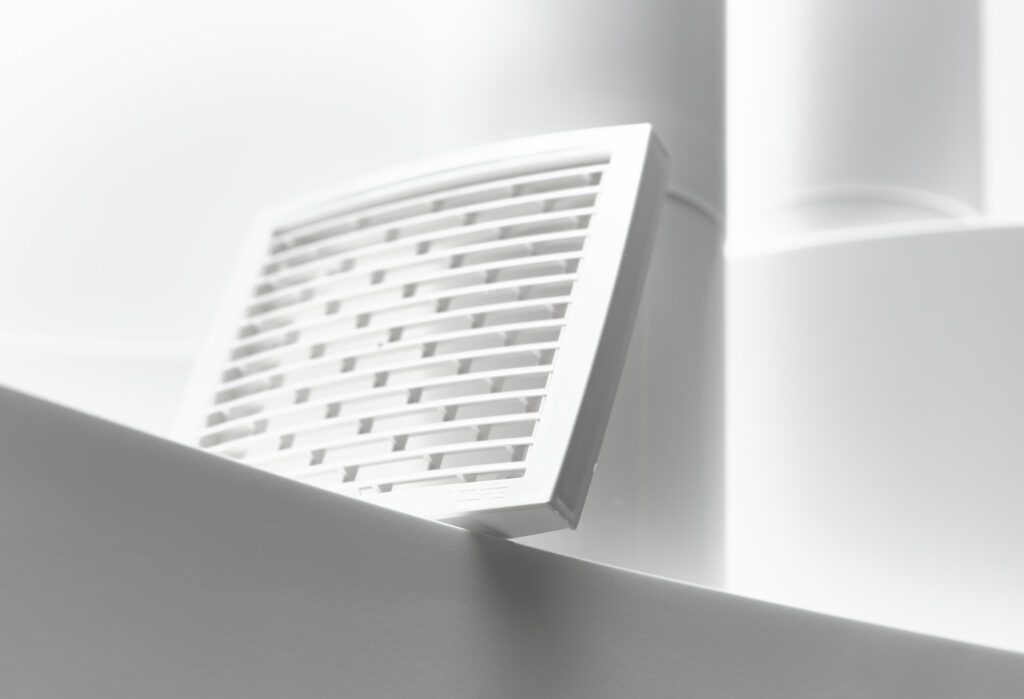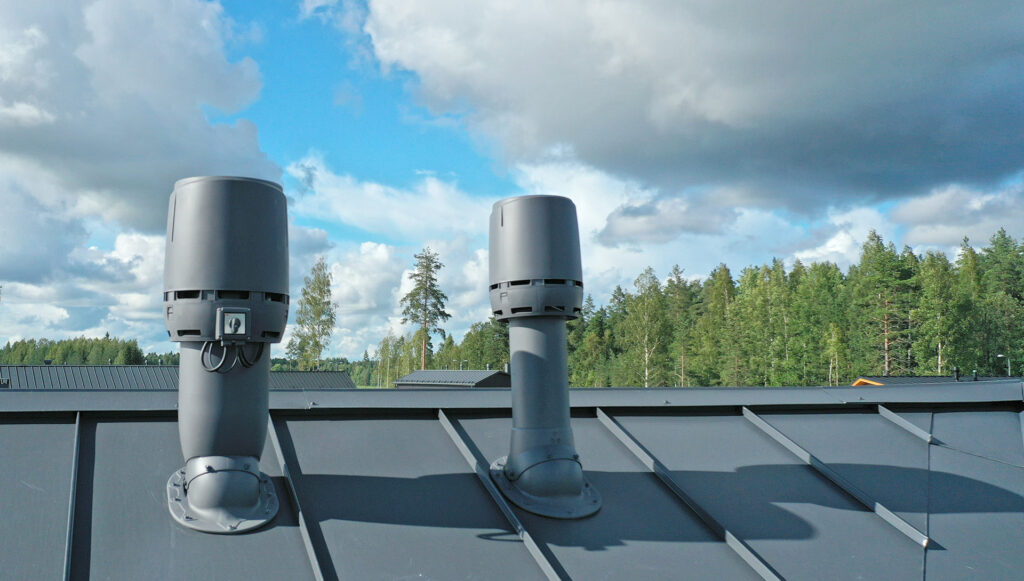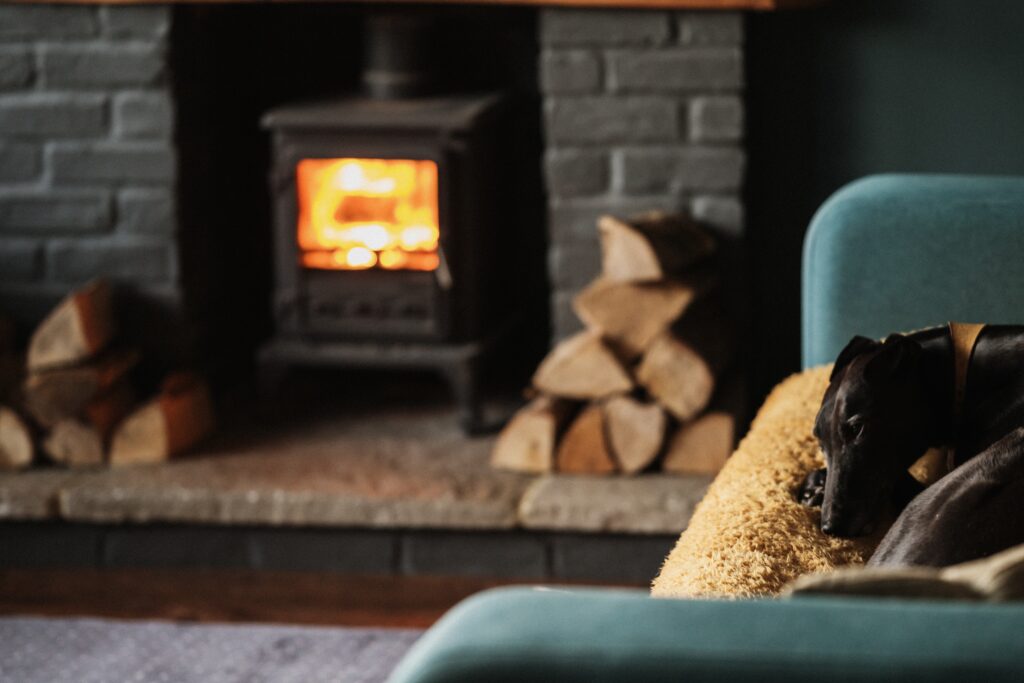How to save energy on ventilation – at home and in your building

With electricity prices rising, energy saving is now more relevant than ever. One major area where you can save money is ventilation, which accounts for about a third of a building’s energy consumption. Veli-Pekka Lahti, Director of Research and Development at VILPE, gives practical tips for both households and housing cooperatives on how to save energy spent on ventilation.
Good ventilation is important, both for the occupants and for maintaining the condition of the building. So while it’s not worth sacrificing ventilation for energy savings, here are some steps you can take to save energy in ventilation.
“Especially in the coming winter, energy saving is very important, as is minimising costs without compromising the functionality of the building. General energy saving, however it is achieved, is always better for society,” says Veli-Pekka Lahti.
Tips for mechanical ventilation
- Make sure that the ventilation system and the heat recovery unit are correctly adjusted. The adjustment should be carried out by a professional with the appropriate measuring equipment. The settings should be checked, for example, every ten years, or if cleaning operations are suspected to have changed the settings of the vents.
- Check the functioning of the ventilation unit; especially in winter, it’s a good idea to check that the heat recovery cell, for example, hasn’t frozen. Also, change the filters regularly. The frequency of filter replacement will depend on the conditions of the building: in a building near a busy road, for example, the filter is more likely to accumulate contaminants. A clogged filter will reduce airflow and may affect the supply of fresh air or the pressure conditions in the building. A dirty supply air filter can lead to the building becoming under-pressurised, and air can enter from places where it is not wanted. If the airflow does not pass through the heat exchange cell, not all the heat from the exhaust air is recovered. The same happens if the exhaust air filter becomes dirty: not all the energy from the exhaust air is transferred to the supply air.
- Pay attention to the supply air temperature. If the supply air is heated to an unnecessarily high temperature, it will increase electricity consumption: a suitable temperature is around 16-17 degrees Celsius. The supply air mixes with the room air in such a way that its temperature rises after mixing. The cooler supply air mixes more efficiently with the indoor air and causes better air exchange in the whole room.
- Take advantage of automation where possible. Newer ventilation units have a weekly clock setting that allows you to adjust the ventilation as needed. For example, ventilation can be set to a higher level after a shower or when cooking, and at a lower level when the property is unoccupied.
- When renovating, it is worth upgrading old appliances to more energy-efficient models. For example, you can upgrade an old AC-powered roof fan to a more environmentally friendly EC-powered model.

VILPE’s ECo Ideal Wireless system saves energy and money
Energy can be saved by automating ventilation control with the VILPE ECo Ideal Wireless system, where humidity and carbon dioxide sensors installed in the living areas of the home measure and automatically adjust the indoor air quality. The roof fan runs at a lower power level when the property is not in use and is set to a higher level when, for example, a shower is used or when the home is crowded.
Veli-Pekka Lahti recommends the system for both houses and housing cooperatives with mechanical exhaust ventilation. Compared to more complex ventilation systems, it is a cost-effective solution; for example, no new piping is needed, as most renovation projects already have a chimney or ventilation duct on the roof.
“With automation, you can achieve big savings in ventilation,” Lahti says.
Ensure access to fresh air

Older detached houses, terraced houses, apartment blocks and cottages usually have passive ventilation. It is thus important to ensure that fresh air can enter in a controlled manner via window vents or replacement air vents (e.g. VILPE Wive).
The VILPE Wive with thermostat is suitable for buildings with passive ventilation. In winter, the thermostat automatically adjusts to a lower setting.
If you wish to maintain lower room temperature to save energy, comfort should also be considered in ventilation.
“If fresh air comes straight down, it causes a feeling of draught. The replacement air path should be such that it blows upwards to the ceiling. In this way, the clean air will ventilate the entire space without causing a draught – this is also how Wive works,” says Veli-Pekka Lahti.
Many people save on heating costs by heating their homes with a fireplace. In this case, care must be taken to ensure that the fireplace receives sufficient replacement air. If the replacement air is not provided separately for the fireplace, it must be provided by the ventilation system.
